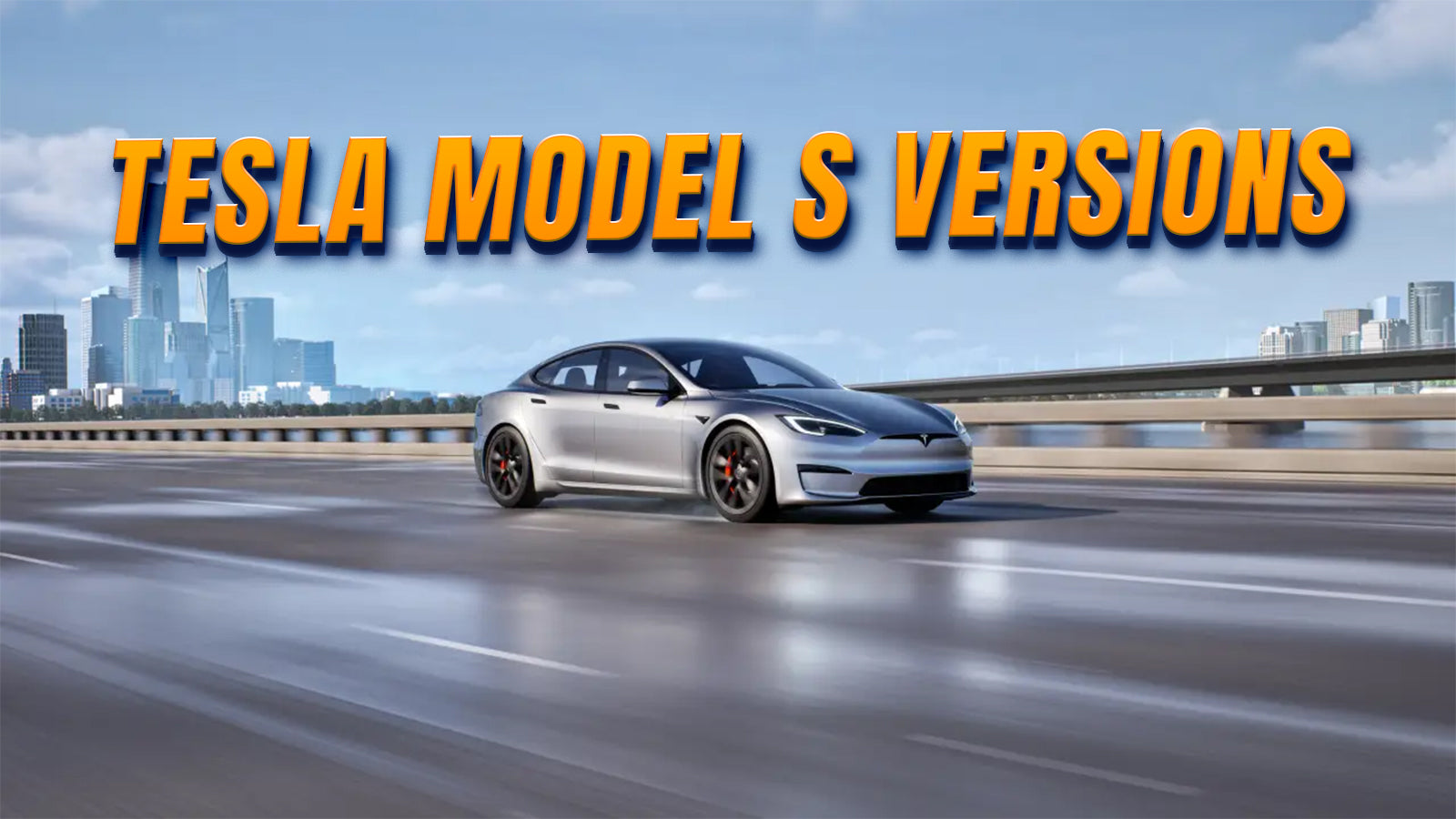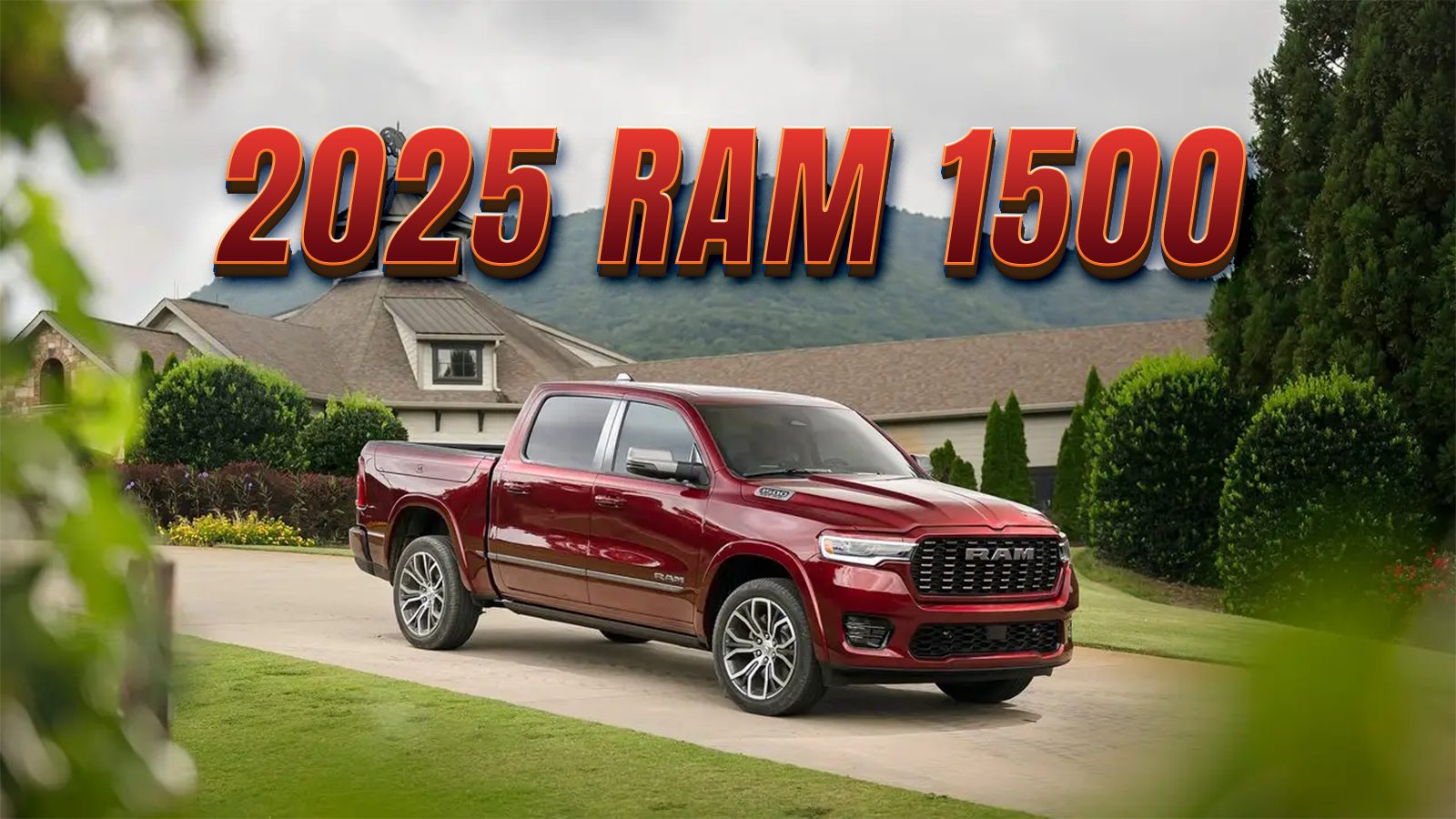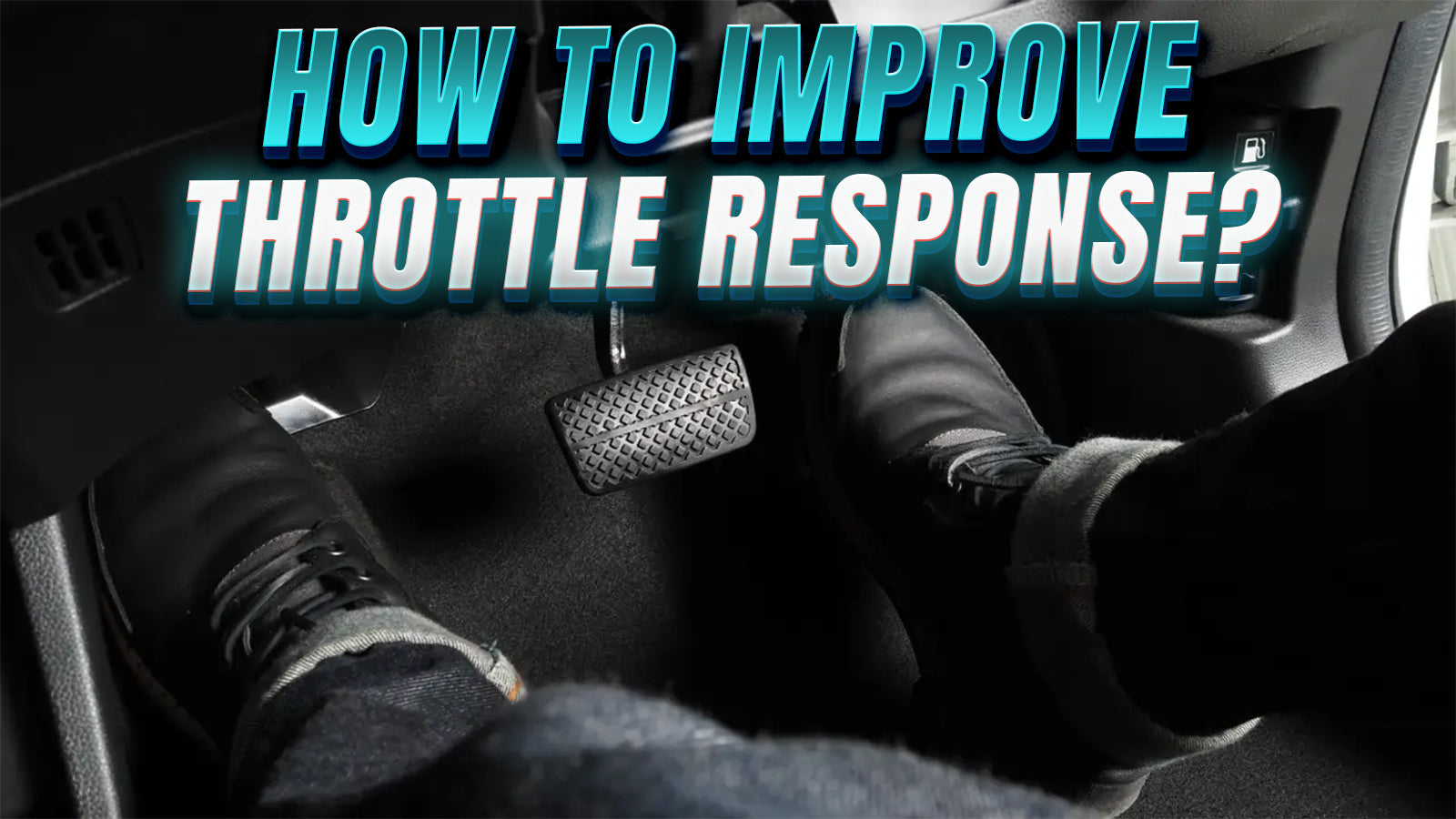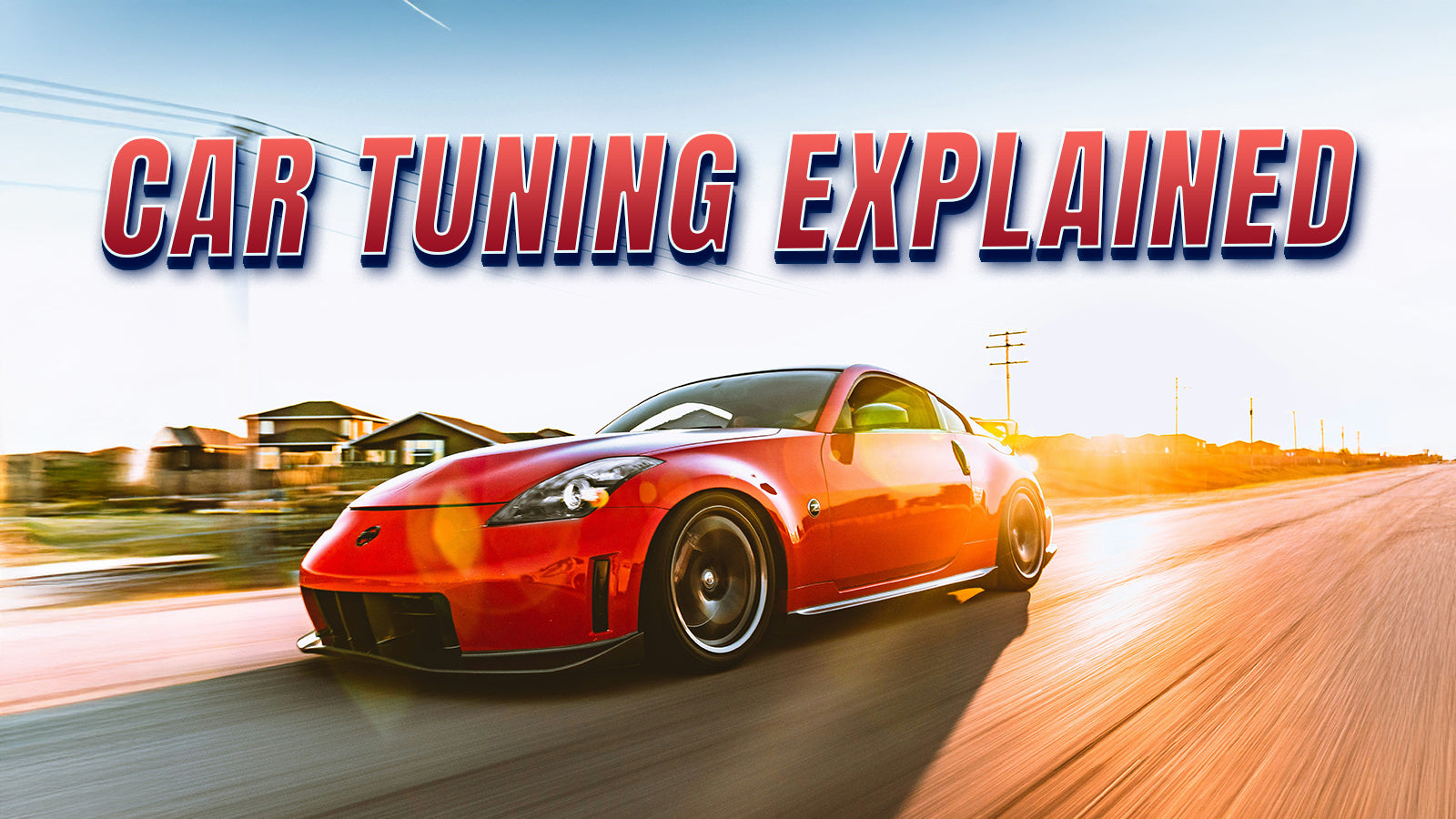Polestar 1 to Polestar 5: A Complete Guide to Polestar Cars
Share
Polestar has revolutionized the concept of driving an electric car by seamlessly combining high performance with cutting-edge design and technology with Scandinavian style. From the Polestar 1 to the Polestar 5, Polestar cars tell a different story of innovative engineering. Whether you’re a seasoned EV enthusiast or just discovering the brand, this detailed guide will give you what you need to know about Polestar’s journey. Let’s take a deep dive into the entire Polestar lineup, exploring their unique features, performance specs, and how to make them better with Polestar accessories.
Who makes Polestar Cars?
Who owns Polestar? Polestar cars are manufactured by Polestar Automotive Holding UK PLC, a Swedish automotive brand that specializes in high-performance electric vehicles. Polestar is an independent brand that shares engineering knowledge, platforms, and technologies with Volvo Cars. Therefore, Volvo Cars and Geely Holding Group jointly own Polestar.

Volvo Cars holds a significant stake in Polestar and provides engineering expertise. Geely Holding Group, a Chinese automotive giant, owns Volvo and helps finance Polestar’s expansion while providing manufacturing facilities.
Where are Polestar cars made?
Polestar cars are mostly made in China, where there are two big factories. The Chengdu plant makes the Polestar 1, and the Luqiao factory makes the Polestar 2 and some Volvo and Lynk & Co models. The Polestar 3 is built in both China and the USA, while the production of the Polestar 4 has begun at the brand’s Hangzhou Bay plant in China. The Polestar 5 is scheduled to launch in the second half of 2025.
The Evolution of Polestar Cars: Complete Lineup
From the hybrid-powered Polestar 1 to the high-performance Polestar 5, the brand has developed to provide a broad selection that caters to luxury, performance, and functionality. Polestar automobiles, whether they're stylish sedans, high-performance SUVs, or futuristic sports cars, reinvent what it means to drive electric vehicles. Let’s look at the evolution of Polestar cars:

Polestar 1: A Hybrid Powerhouse (2019-2021)
Polestar 1 was the brand’s first vehicle after splitting from Volvo, and it set the tone for what was to come. Unlike later Polestar models, this was a plug-in hybrid (PHEV), combining an internal combustion engine with an electric powertrain for high performance and efficiency. Furthermore, the Polestar 1 was produced in limited quantities, with a total of 1,500 units in production worldwide. Here are the key characteristics of the Polestar 1:

- Polestar 1 powertrain: 2.0L turbocharged and supercharged inline-four engine and two electric motors.
- Polestar 1 Total Output: 600 horsepower, 738 lb-ft of torque
- Polestar 1 0-60 mph: Approximately 3.9 seconds.
- Polestar 1 Electric-Only Range: 60+ miles (longest for any PHEV at the time)
- Polestar 1 Body Construction: Carbon fiber-reinforced polymer (CFRP)
Polestar 2: The Versatile Electric Sedan (2020-Present)
The Polestar 2 marked the brand’s true entry into the EV market, competing directly with the Tesla Model 3 and other premium electric vehicles. It was the first car to feature an Android Automotive operating system, integrating Google services natively. Let’s take a closer look at the key features of the Polestar 2:

- Polestar 2 Single Motor (RWD): 295 horsepower, 361 lb-ft, 320 miles range
- Polestar 2 Dual Motor (AWD): 421 horsepower, 546 lb-ft, 276 miles range
- Polestar 2 Performance Pack: 455 horsepower, 546 lb-ft, 0-60 mph in 4.1 sec
- Polestar 2 Battery Capacity: 79 kWh or 82 kWh depending on trim
- Polestar 2 Charging: 10-80% in around 30 minutes with DC fast charging
- Polestar 2 Tech & Interior: Google-based infotainment, vegan-friendly materials, premium Harman Kardon audio system
Polestar 3: The Performance SUV (2024-Present)
The Polestar 3 is the brand’s first electric SUV designed to rival the Porsche Cayenne EV and BMW iX. With a focus on high performance, long-range capabilities, and advanced driver-assist technology, it represents Polestar’s push into the lucrative luxury SUV segment. Also, the Polestar 3 aims to strengthen its presence in North America and expand globally with U.S. production. Here are the key features of the Polestar 3:

- Polestar 3 Powertrain: Dual Motor AWD (Performance model available)
- Polestar 3 Total Output: 489 horsepower, 620 lb-ft for standard, 517 horsepower, 671 lb-ft for performance-pack
- Polestar 3 0-60 mph: Around 4.5 seconds for standard, 4.2 seconds for performance pack
- Polestar 3 Range: Up to 300 miles
- Polestar 3 Battery: 111 kWh, 400V architecture
- Polestar 3 Autonomous Tech: NVIDIA-powered Pilot Assist system, LiDAR-ready for future autonomy
Polestar 4: The Coupe-Like Crossover (2024-Present)
The Polestar 4 is a fast, coupe-styled SUV that deviates from typical design conventions by removing the rear windshield and replacing it with a high-resolution rearview camera. It is between the Polestar 2 and Polestar 3 in size and pricing, competing with the Tesla Model Y Performance and Porsche Macan EV. Let's look at the key features of the Polestar 4:

- Polestar 4 Single Motor (RWD): 272 hp, 253 lb-ft
- Polestar 4 Dual Motor (AWD): 544 horsepower; 506 lb-ft
- Polestar 4 0-60 mph: About 3.8 seconds (AWD model).
- Polestar 4 Range: Up to 300 Miles
- Polestar 4 Interior: A luxurious, simple design with a huge panoramic top
Polestar 5: The Upcoming Grand Tourer (2025 Expected)
The Polestar 5 is the company's anticipated high-performance luxury sedan, set to compete with the Porsche Taycan, Tesla Model S Plaid, and Lucid Air. Built on a new bonded aluminum platform developed by the Polestar UK R&D team, it promises lightweight construction and extreme performance. So, the Polestar 5 aims to be the brand’s flagship performance sedan. Here are the key features of the Polestar 5:

- Polestar 5 Powertrain: Dual motor AWD
- Polestar 5 Total Output: 884 horsepower, 664 lb-ft
- Polestar 5 0-60 mph: Under 3.5 seconds
- Polestar 5 Battery & Range: Not officially confirmed, but expected to be over 350 miles
What are the key differences between Polestar Cars?
As you can see, Polestar's lineup includes a variety of performance, luxury, and cutting-edge technology, but each model has its own unique features. Let's look at the main distinctions between Polestar cars:
Polestar Cars’ Powertrain: Hybrid vs. Fully Electric
- Polestar 1: The only plug-in hybrid (PHEV) in the lineup, featuring a 2.0L turbocharged and supercharged engine paired with electric motors.
- Polestar 2, 3, 4, and 5: Fully electric vehicles with different battery configurations, including single motor RWD and dual motor AWD.
Polestar Cars’ Towing Capacity
Polestar cars offer various towing capacities, depending on the model and configuration. The Polestar 1 and Polestar 5 are high-performance luxury models designed for speed and driving dynamics rather than towing. Here’s a breakdown of other Polestar cars’ towing capability:

- Polestar 2 Towing Capacity: 1,650 lbs for single motor, 2,000 lbs for dual motor
- Polestar 3 Towing Capacity: Up to 3,500 lbs for the standard and performance pack powertrain
- Polestar 4 Towing Capacity: Up to 3,500 lbs
Polestar Cars’ Body Style: Coupe, Sedan, SUV and GT

- Polestar 1: 2-door luxury GT coupe
- Polestar 2: 4-door fastback sedan
- Polestar 3: 5-door midsize SUV
- Polestar 4: 5-door coupe-SUV
- Polestar 5: 4-door luxury GT sedan
Interior and Technology of the Polestar Cars
- Minimalist Scandinavian design across all Polestar cars.
- Google-based infotainment in Polestar 2, 3, 4, and 5.
- Newer models incorporate sustainable materials such as recycled fabrics and vegan leather.
- Polestar 3 and 4 feature LiDAR-based autonomous driving capabilities.
- The Polestar 4 has no rear window, using a digital rearview mirror instead.

What is the price of a Polestar car?
Here are the prices of the Polestar cars:
- Polestar 1 Price: The Polestar 1 was a limited-production (1,500 units in total) hybrid coupe with a starting price of around $155,000. It was discontinued in 2022.
- Polestar 2 Price: Starting at $64,800
- Polestar 3 Price: Starting at $67,500
- Polestar 4 Price: Starting at $54,900
- Polestar 5 Price: Not officially announced yet
What are the Polestar accessories for different Polestar cars?
There is a range of Polestar accessories tailored to enhance functionality, aesthetics, and personalization. These accessories are available through official channels like Polestar Additionals and various aftermarket parts. Here are different aftermarket parts for all Polestar cars:

Custom Floor Mats
Polestar automobiles have custom floor mats that shield the original carpeting from dirt, dampness, and trash. These mats assist in preserving your Polestar's cabin, whether your choice is luxury carpeted alternatives for a sophisticated look or all-weather rubber mats to manage tough circumstances.
Shadows from the Sun
Polestar cars let natural light flood the cabin thanks to their big glass surfaces and panoramic roofs. This improves the open, modern feel but can also cause too much heat generation. Custom-fit sunshades for all Polestar cars decrease glare and protect inside materials from UV rays, keeping the cabin cool even on the hottest days. These help to lower glare and shield inside materials from UV damage, therefore maintaining cabin coolness even on the hottest days.
Wheel Rotation Protection
The performance-oriented design of the Polestar automobiles emphasizes aerodynamic, precisely produced wheels; therefore, rim protection makes sense. Products such as AlloyGator rim guards or stick-on protection strips assist in stopping curb rash on Polestar 2 sporty alloy wheels or the bigger wheels of the Polestar 3 SUV.
License Plate Mounts
There are different types of license plate mounts. For owners who dislike the idea of drilling holes into their Polestar’s sleek front bumper, drill-free license plate mounts offer an elegant solution. Models like the Polestar 2 and 3 benefit from magnetic or tow hook-mounted plates, keeping the front fascia free from unnecessary damage while maintaining legal compliance.
Tow Hitch Attachments
While Polestar cars are designed for performance and efficiency, some versions, such as the Polestar 3, are intended to handle minor towing and load attachments. The Polestar's versatility for road trips and outdoor pursuits increases with the use of a removable tow hitch for bike carriers, light trailers, or cargo racks.
High-Performance Brake Kits
Polestar’s regenerative braking system helps with efficiency, but upgrading to a high-performance brake kit improves stopping distance, heat dissipation, and overall braking response, which is crucial for aggressive driving or track days. High-performance braking kits are ideal aftermarket parts, especially for the Polestar 1 hybrid performance coupe and the Polestar 2 AWD performance pack.













